From my last question, I've managed to connect my Atmega32u4 to my computer.
Now, when attempted to initialise the bootloader using avrdude, I get the following error message:
j4cob-antergos :: ~ » sudo avrdude -p m32u4 -P usb -c flip1
avrdude: Warning: USB bDeviceClass = 255 (expected 254)
avrdude: AVR device initialized and ready to accept instructions
Reading | ################################################## | 100% 0.00s
avrdude: Device signature = 0x1e9587 (probably m32u4)
avrdude: Error: "lfuse" memory not accessible using FLIP
avrdude: Error: "lfuse" memory not accessible using FLIP
avrdude: Error: "lfuse" memory not accessible using FLIP
avrdude: Error: "lfuse" memory not accessible using FLIP
avrdude: Error: "lfuse" memory not accessible using FLIP
avrdude: Error: "lfuse" memory not accessible using FLIP
avrdude: safemode: Sorry, reading back fuses was unreliable. I have given up and exited programming mode
avrdude done. Thank you.
Now, I'm very confused. If I want to simply get a memory dump, I would've that the fact that the "Reading" loading bar reached 100% means that the memory was read, no?
I'm also not sure what the fuses mean. Am I using the wrong programmer? I'm using flip1, as you can see in the command.
Any help is much appreciated, thanks!
(If the circuit schematic is relevant, it can be found in my previous question, to which I linked at the top of this one.)

